This piglet was found in the Villa dei Papyri, alongside many other bronzes and marbles, in the largest collection of statues from the Greco-Roman world. The sculpture can now be seen at the National Archaeological Museum in Naples. It seems that the Epicureans adopted the piglet as a symbol of their hedonistic philosophy, which was not simply a matter of satisfying carnal desires, but a search for true pleasure and inner tranquility. This young animal is in an innocent state of nature, and has not yet learned the fears and hatreds that cause pain in human life. The appropriation of this image could be a way for Epicureans to thumb their noses at the ordinary, erroneous values of society.
Condition: very good. Traces of 2 small recesses .
THE PICTURES ARE PART OF THE DESCRIPTION. For other photos, please contact me.
Period: 19th century.
Signature : no signature, but an engraved star under the base.
Dimensions : Length 6.7 cm - Width 4 cm - Height 4.5 cm.
For information: the price indicated is without shipping.
For more paintings and objects, go to: aenigmattic.fr or on my instagram: @aenigmatticshopnice
If you sell curiosities, please write me.
For more pictures, please contact me.


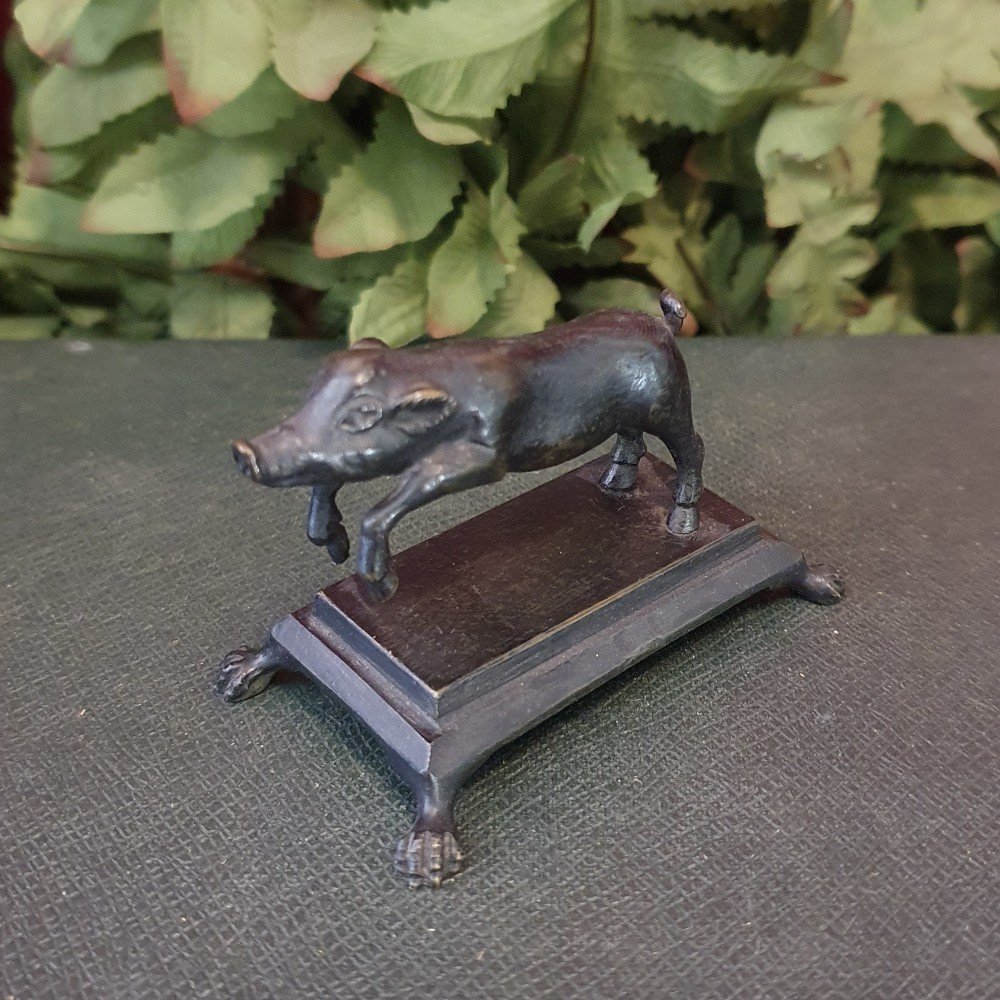
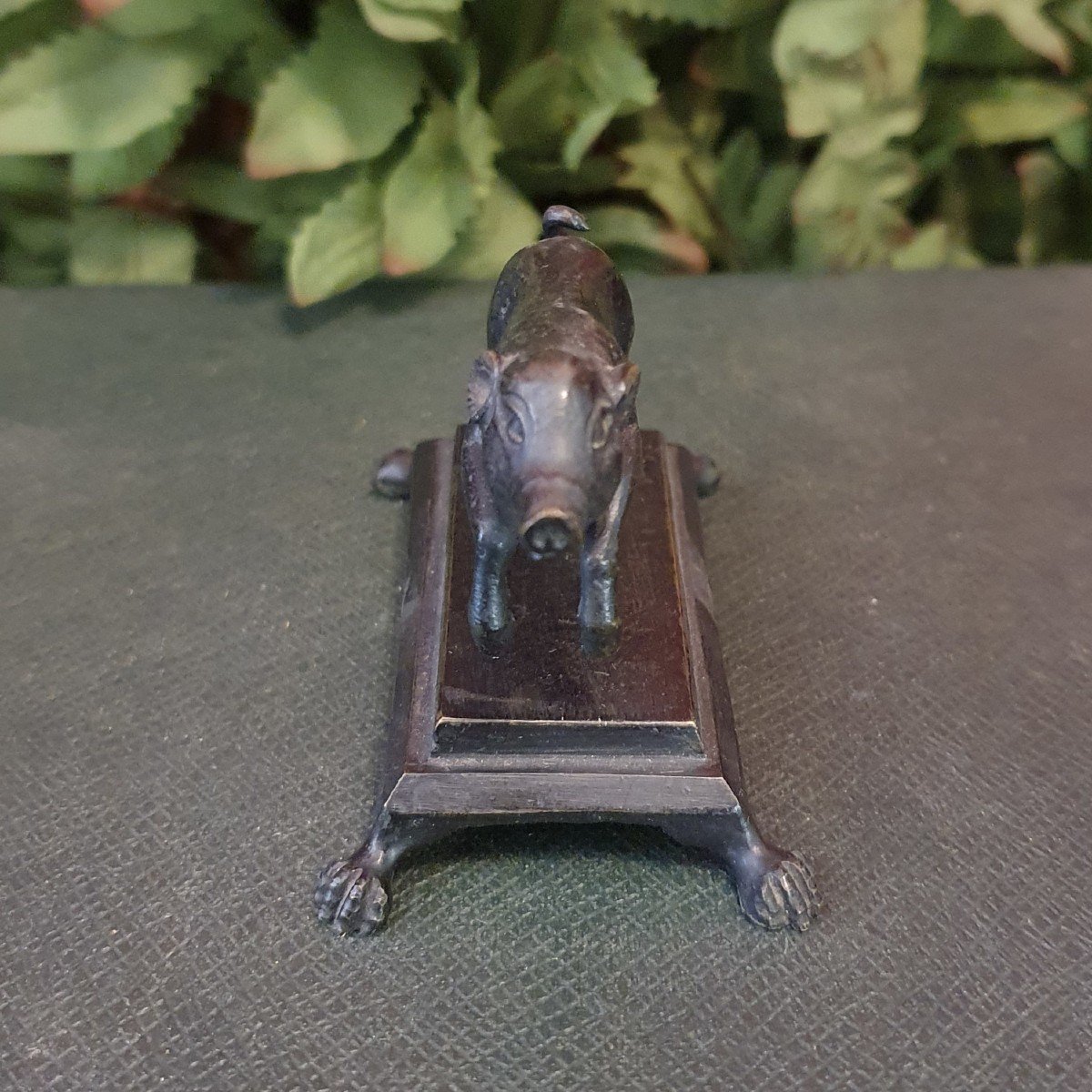
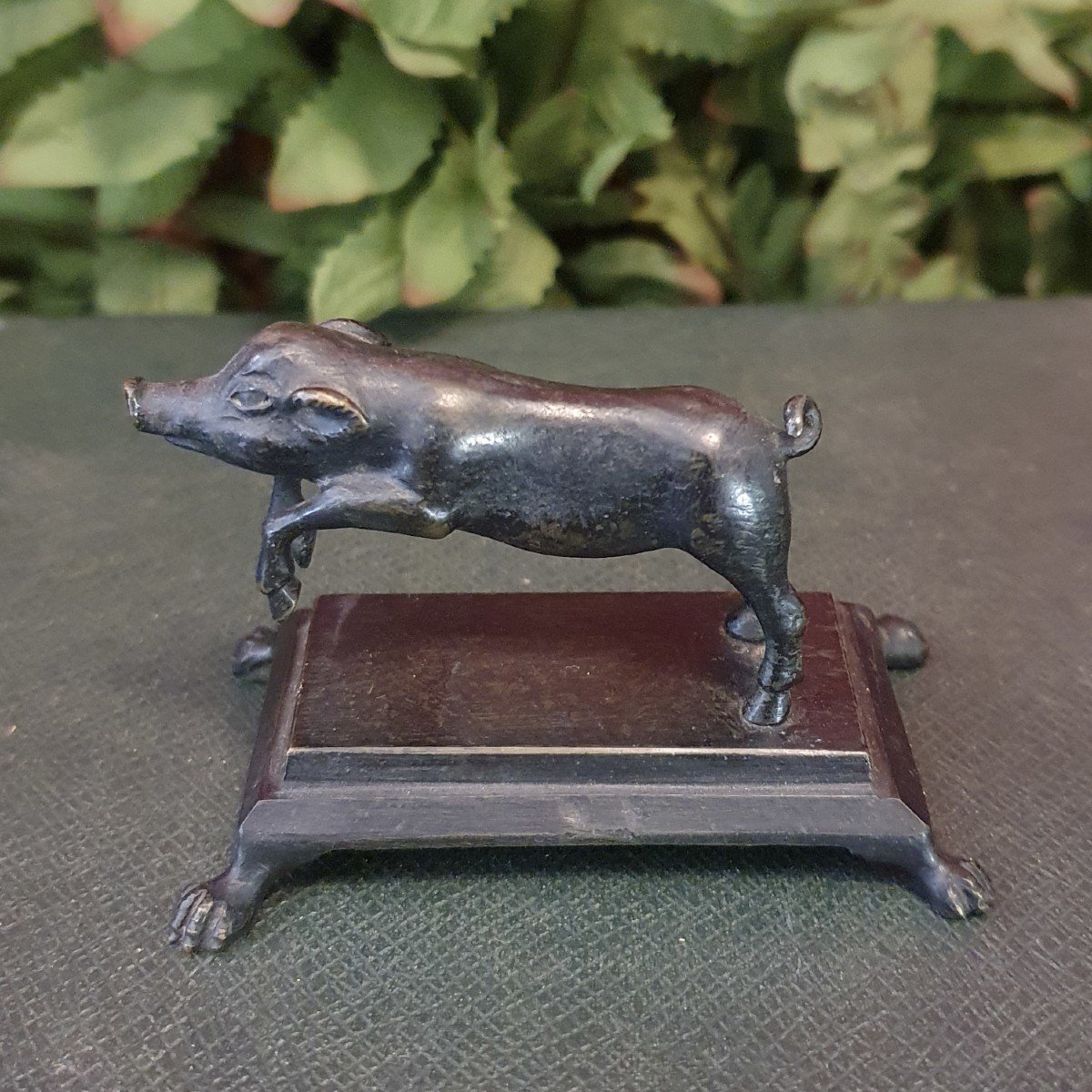
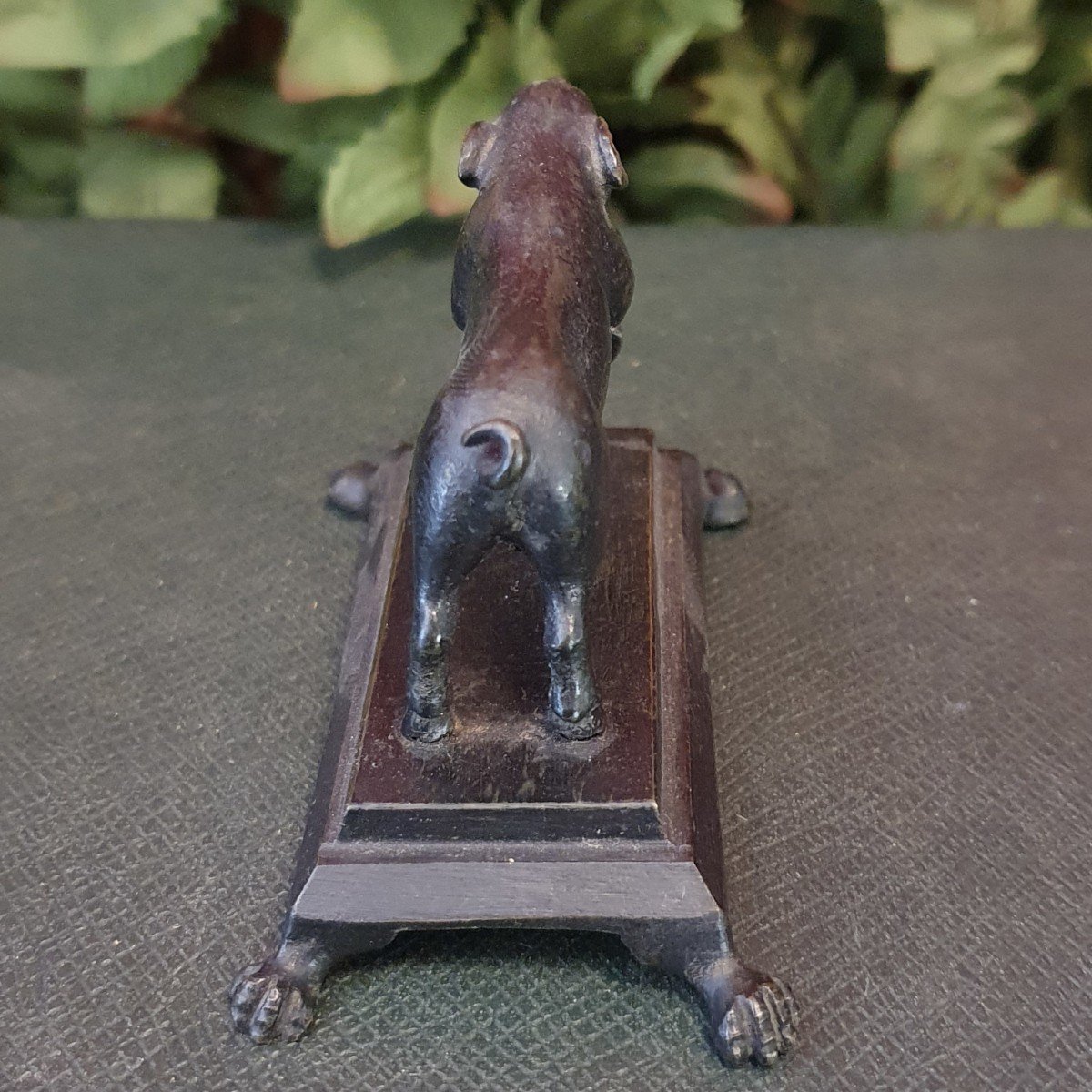
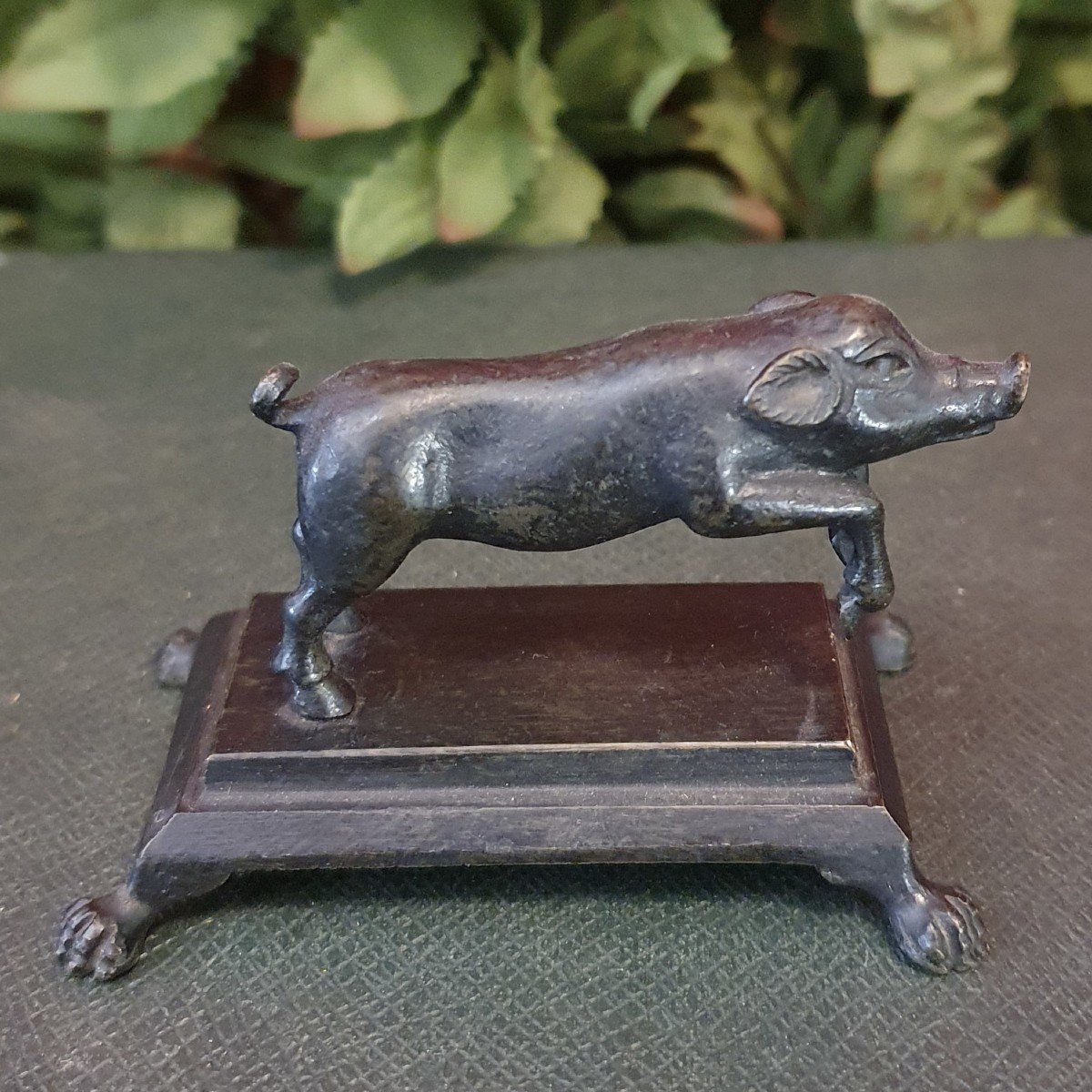
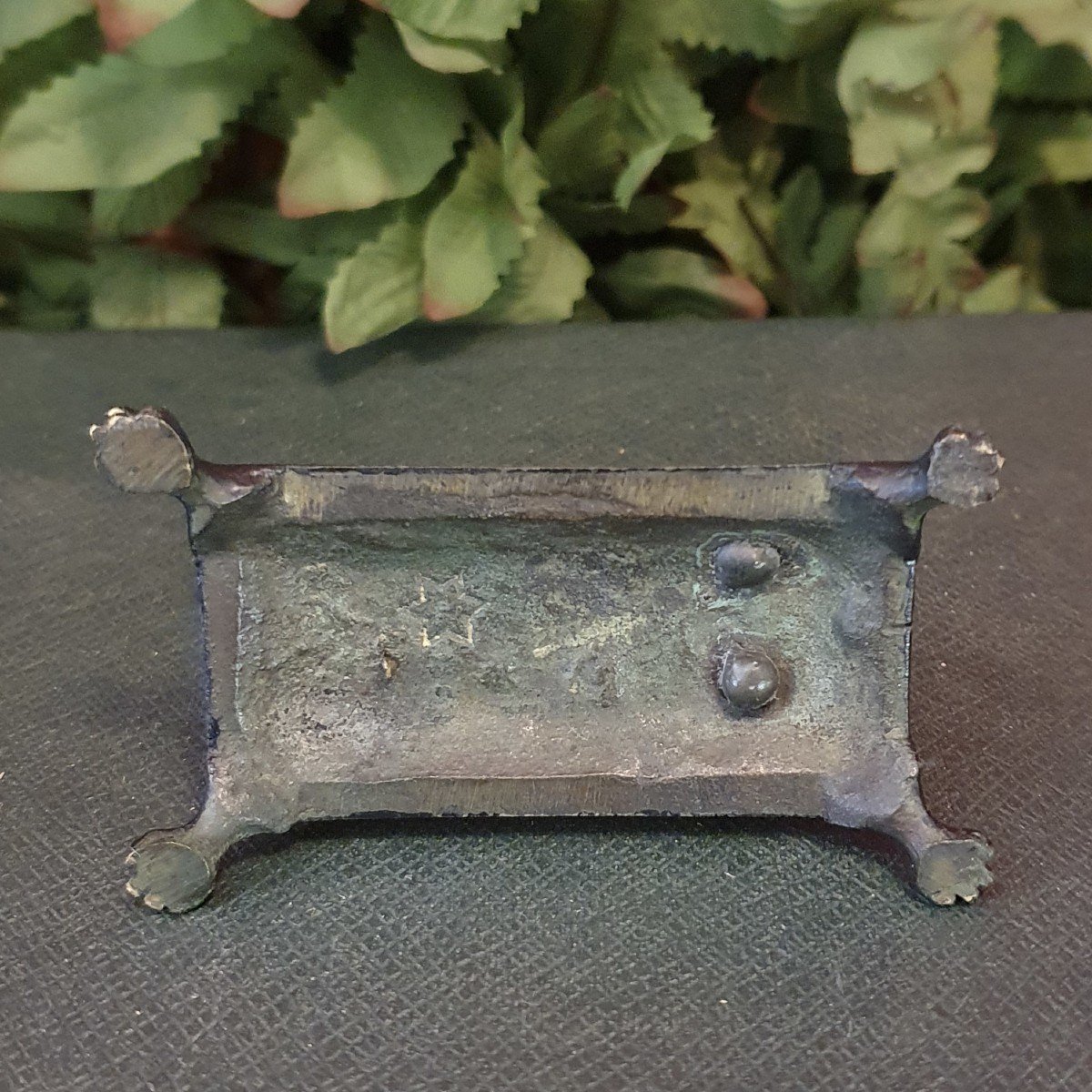









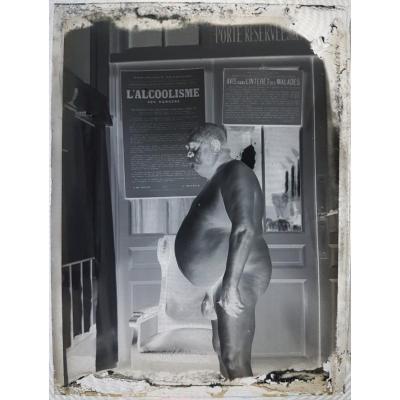



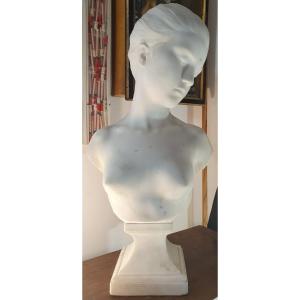


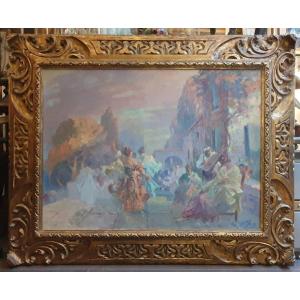


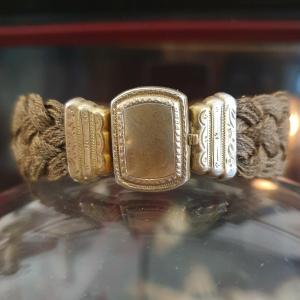

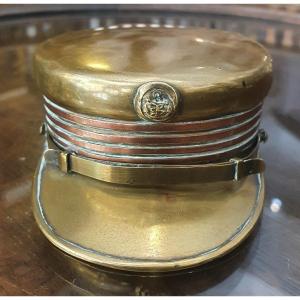


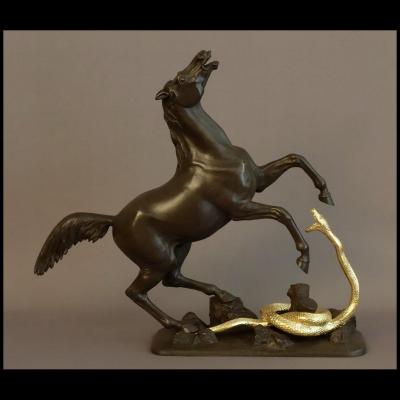
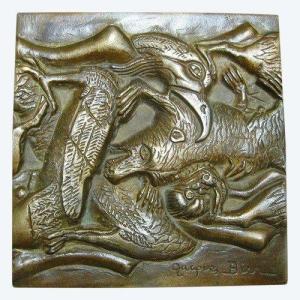



 Le Magazine de PROANTIC
Le Magazine de PROANTIC TRÉSORS Magazine
TRÉSORS Magazine Rivista Artiquariato
Rivista Artiquariato